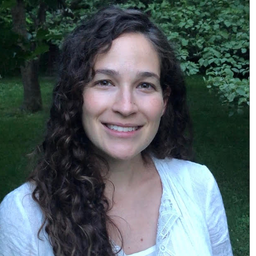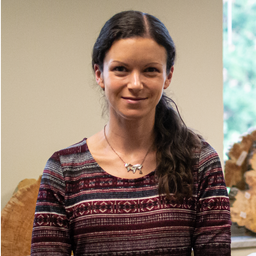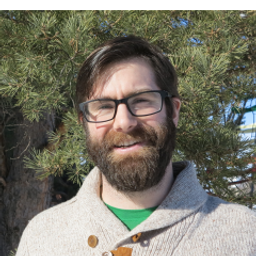Symposium 7 (PT 2). Historical Timbers and Wooden Artifacts as Archives: New Glimpses On Trees, Ecology, and People
My Session Status
Information garnered from historical timbers and wooden artifacts (e.g. houses, barns, ships) can greatly enhance our understanding of human, ecological, and climate history, especially in regions where few old-growth forests and trees remain, tree longevity is relatively short (less than 300-400 years), and environmental conditions break down wood rather quickly, like in mesic to wet regions Over the last decade plus, the application of tree-ring techniques on wooden archaeological material is quickly growing beyond the dating of historic structures and climate reconstructions. New advances and recent works have highlighted a range of applications, including ecological change and disturbance, human-environment interactions, and deeper questions about historical human development (e.g. trade and migration through provenancing materials).
Our symposium will feature a diverse set of international scientists who work with materials and data from historical timbers and wooden artifacts in different subdisciplines including ecology, human history, and astrophysics. Speakers will cover the breadth of these studies, including the movement of wooden materials between broad regions, cultural and economic uses of wood material, shipwrecks, and new approaches in provenancing wooden pieces created by people and moved to new regions or continents. We also hope to feature a geneticist to educate us about the application of new techniques that could be applied to tree-ring research and, specifically, historical timbers and wooden artifacts.
Sub Sessions
In Northwestern Alaska, well-preserved architectural timbers from coastal Neo-Inuit archaeological sites can be used to document the climatic variations and cultural transformations of the beginning of the 2nd millennium AD. In this treeless tundra environment, the main wood resource is driftwood from interior Alaskan forests, carried to the coast by major rivers and ocean currents. Conventional dendrochronology allowed cross-dating 68 architectural timbers out of 282 archaeolo...
Fluctuations in water resources is one of the main factors modulating ecosystem dynamics, human population changes and culture in semiarid regions. One of the largest high-altitude semiarid regions of South America is the Altiplano in the Central Andes. With an elevation of 4.000 m this region has been the environment for the settlement of many communities who have inhabited the region for thousands of years. Tree-ring research has been developed in this region allowing the reconstruction ...
Dendrochronology in eastern New York State, USA, was established from timbers used in European settlement and development of the Hudson and Mohawk River Valleys starting in the mid-17th century. The abundant primary forests were the source, and timbers were used locally and exported via the rivers. West of the Hudson River Valley, successful settlement was more precarious from human conflict until the late 18th - early 19th century, and the oldest dated buildings are located al...
Dendroclimatological reconstructions are often extended into the past with wood from historical buildings. However, the varying, though frequently unknown origin of timbers not only affects the growth rate but also the climate response of individual tree-ring samples. We tested nine supervised machine learning algorithms for the geographical provenancing of 99 historical tree-ring samples. We sampled 143 living larch (Larix decidua Mill) trees at seven sites along an elevational gradient f...
Over the last 140 years, lakes in the UNESCO Beaver Hills Biosphere, located east of Edmonton, Alberta, have experienced significant water level changes. At Cooking Lake, lake levels are estimated to be 9 feet lower than the historic high. These changes have been attributed to declines in precipitation, although water levels in Cooking Lake were not consistently measured until after 1956, with few measurements in the first half of the 20th century and no information on water levels prior t...








